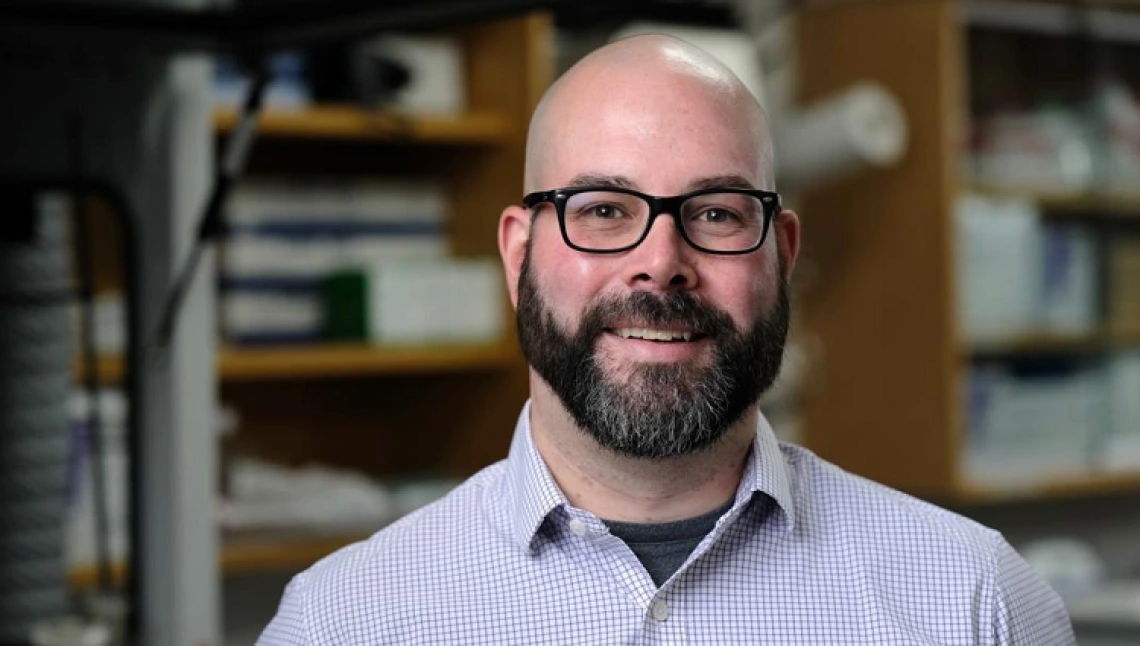Printz Leading DOE Early Career Research Program

With an $875,000 award from the Department of Energy Office of Science Early Career Research Program, CHEE assistant professor Adam Printz is examining the fundamental characteristics of a new printing process his team developed that could significantly advance the field. This process, which his team began developing several years ago, is called restricted area printing by ink drawing, or RAPID.
Much of the field’s research to date has focused on improving established printing techniques, which don’t yet offer commercial viability. While there are other emerging printing techniques that also show promise, there is still much about the fundamental processes that scientists don’t understand.
“Right now, a lot of the work is optimization driven, meaning it’s very much a process of ‘Try this temperature, try this print speed, and see what we get,’” Printz said. “If we have a deep understanding of the fundamentals of these processes, that will allow us to predict what will happen under different conditions and give us the control necessary to print high-quality electronic devices.”
Current-state-of-the-art printing methods involve spreading ink onto a substrate, or a plate. Printz’s approach, RAPID, limits the ink to a confined space by placing a second plate atop it. Think of current methods like a knife spreading jam on toast, while RAPID is more like a high-tech sandwich that uses a second piece of toast on top to spread the jam. By confining the ink between two pieces of “toast,” the ink solvent’s evaporation is more controlled, enabling easier printing of high-quality films.
But now, Printz and his team are taking things back to basics, examining crystal formation from the RAPID printing process at a fundamental level. How do these inks behave during the printing process? What do the crystals in the resulting films look like, and how do different printing conditions influence the crystal growth? They plan to research three primary areas.
